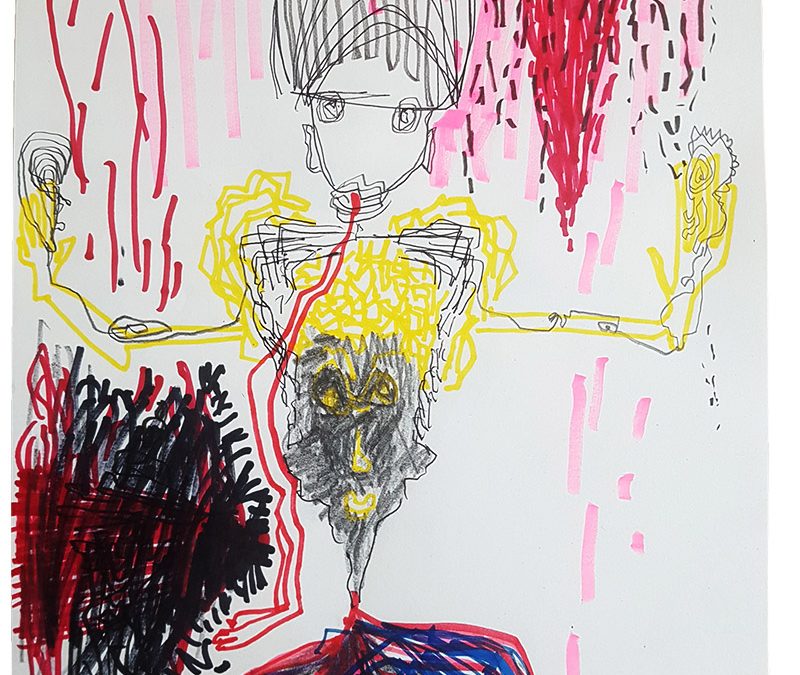
Worauf wartet Sabine Ernst im Wartebereich1 im Erdgeschoss?
Worauf wartet Sabine Ernst im Wartebereich 1 im Erdgeschoss?
Assoziationen aus dem SCHURF von Caro Speisser
'The first true storyteller is, and will continue to be, the teller of fairy tales. ... always the art of repeating stories, and this art is lost when the stories are no longer retained' Walter Benjamin
From 21 to 22 February, eight performers spent 24 hours digging through a textonic landscape of 45 m³ of old clothes from planetary dwellers.
Their own bodies were wrapped and deformed by new and old, used or even still labelled pieces, whose value was already decaying in the hours of the creation & production process under the hands of the sewers. The prospectors infiltrated dunes of down jackets, excavated pits and penetrated the penetrating the innermost of materiality. No safe footing was possible. From the pile of clothes, they gazed out on the discarded landscape of Anthropozaen.
What stories and thoughts did they uncover? What can be explored, read and told of the discarded clothing that is contemporary civilisational history.
On 27 February, we invited chroniclers and word-finders to write down their thoughts on the textonic landscape of the BHROX bauhaus reuse as poems, essays, novellas and notes. We publish the texts in a loose series.

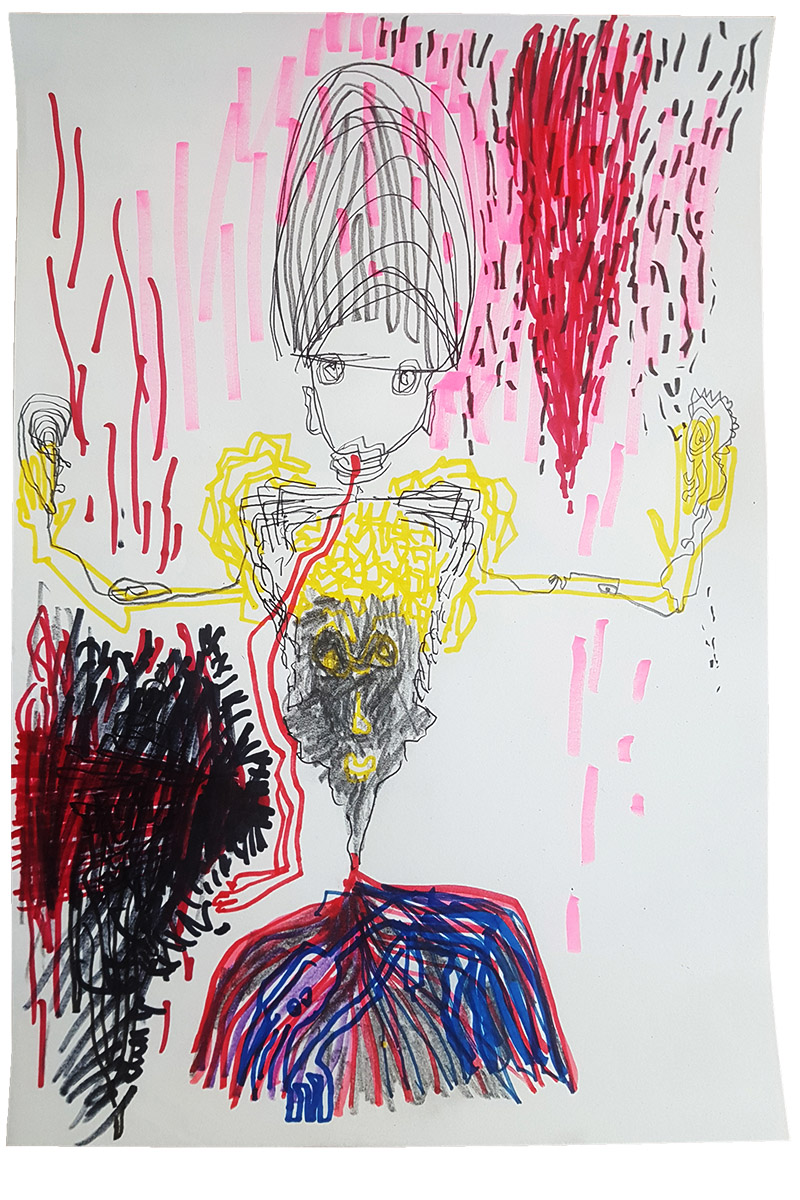
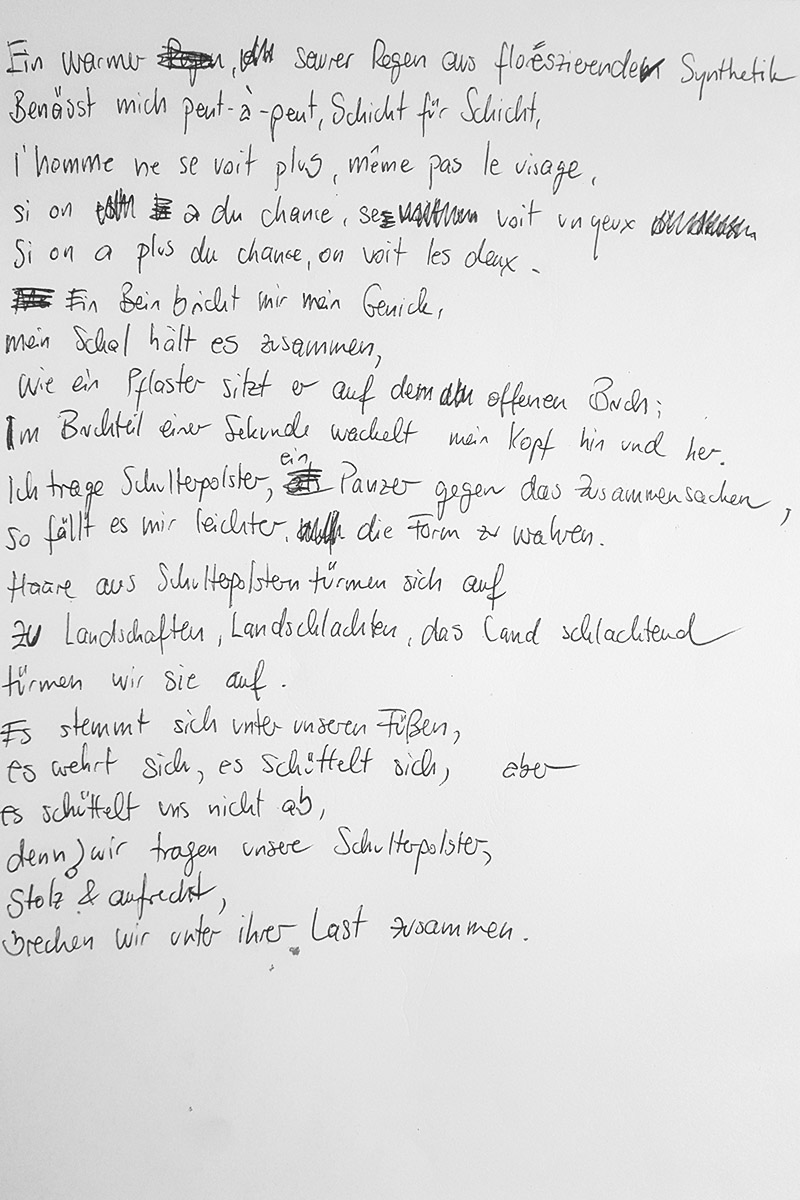

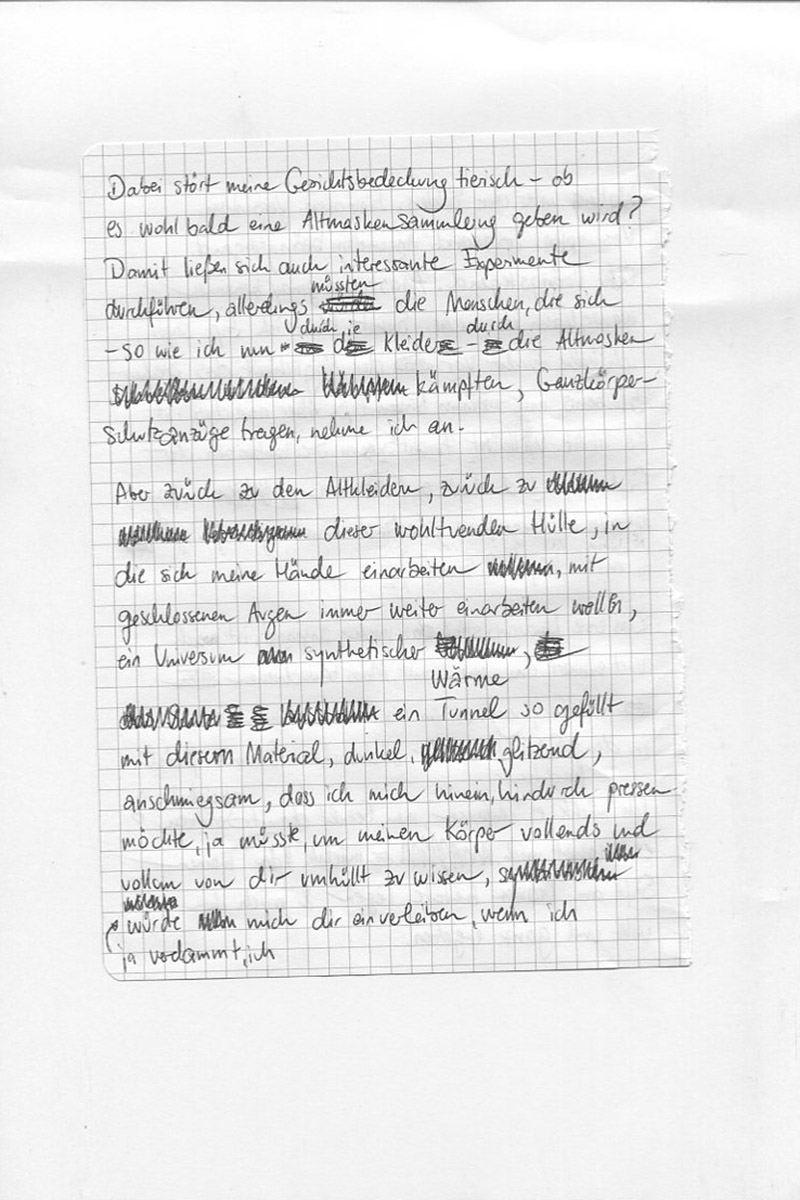
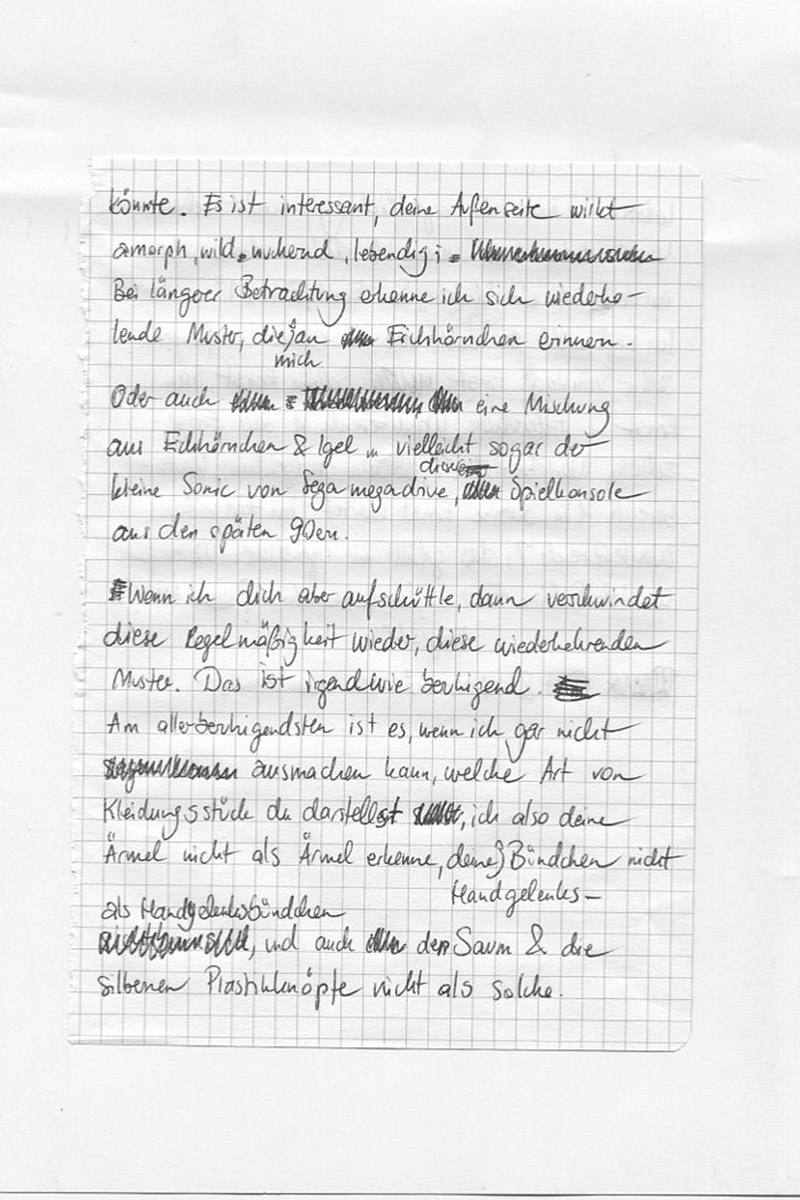
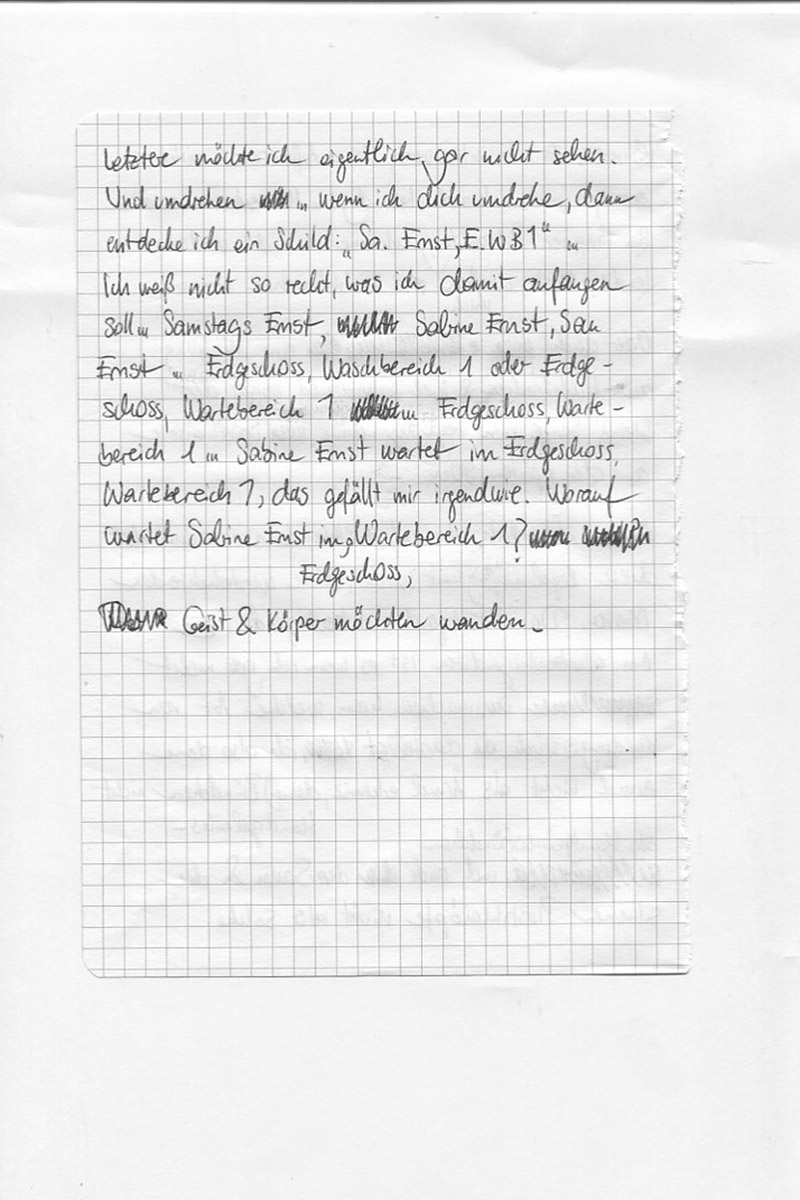
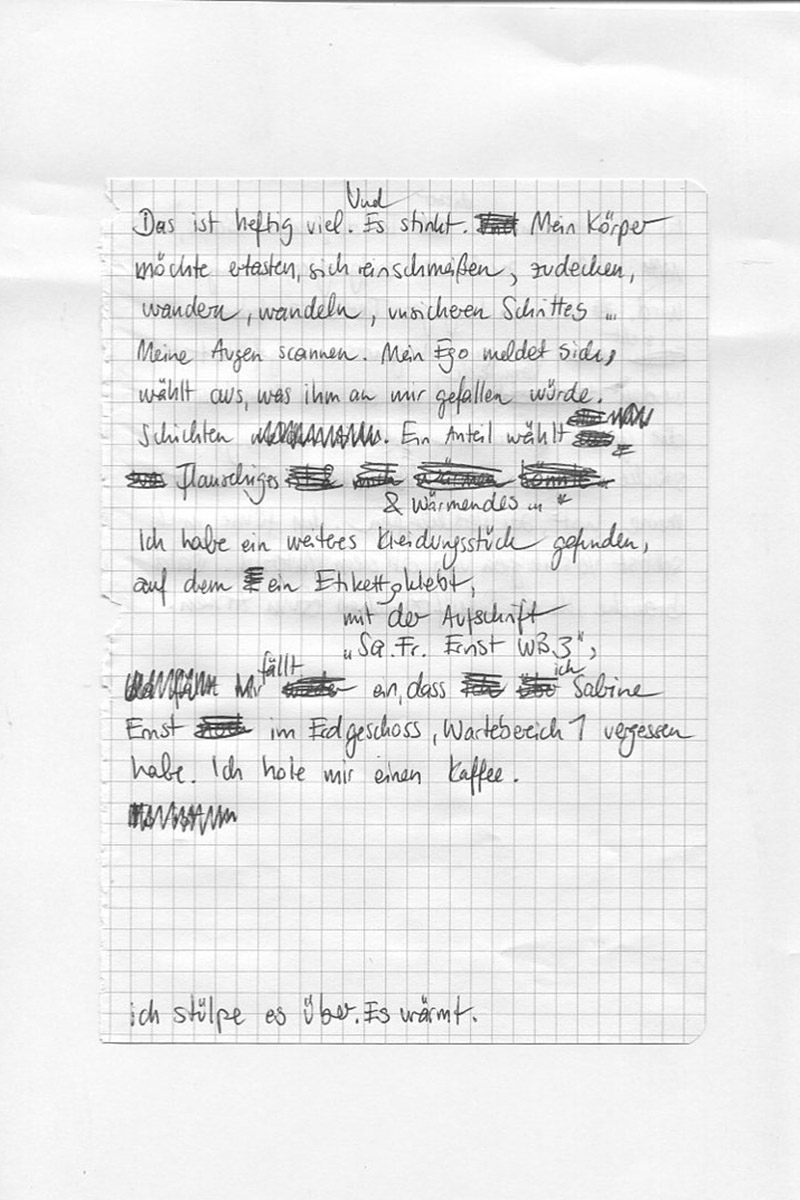
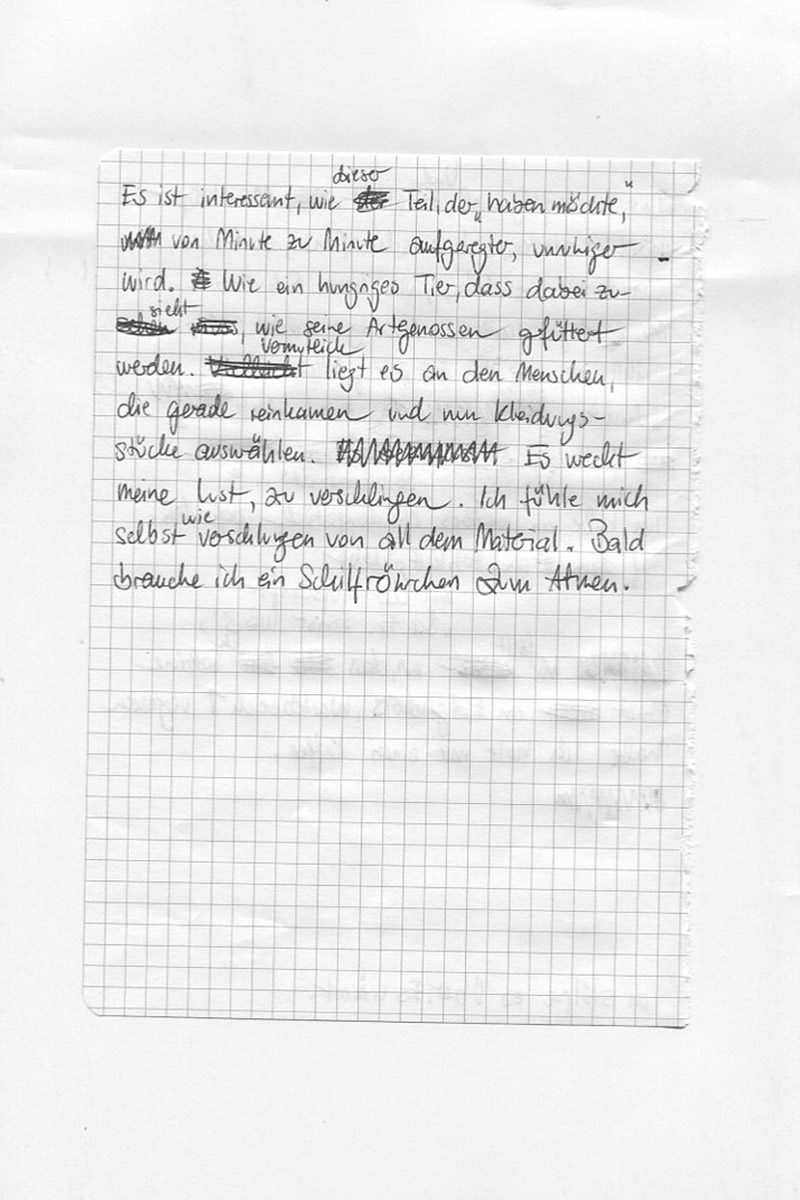
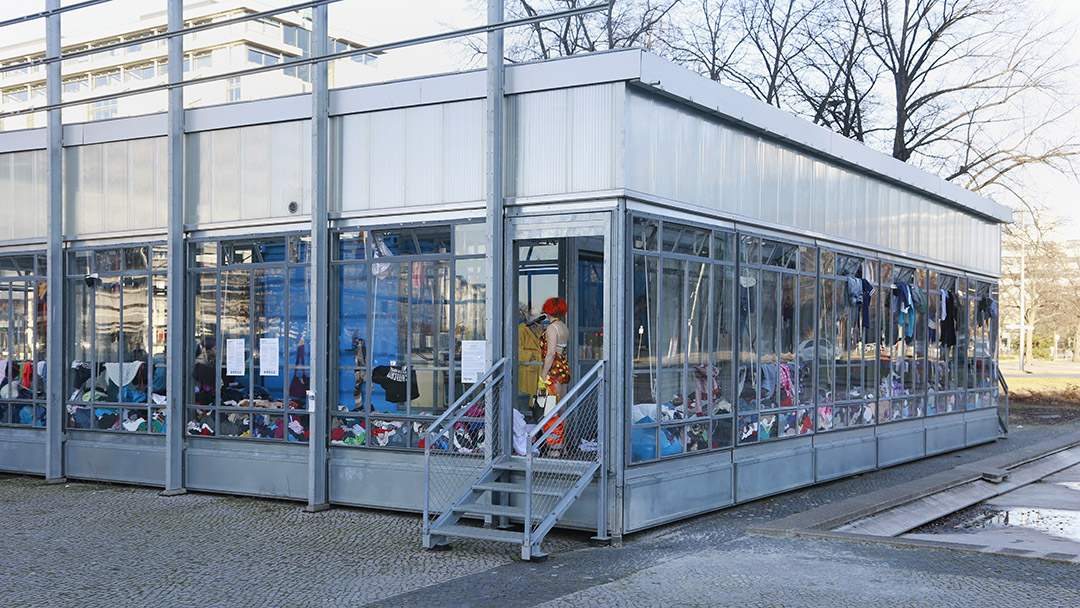
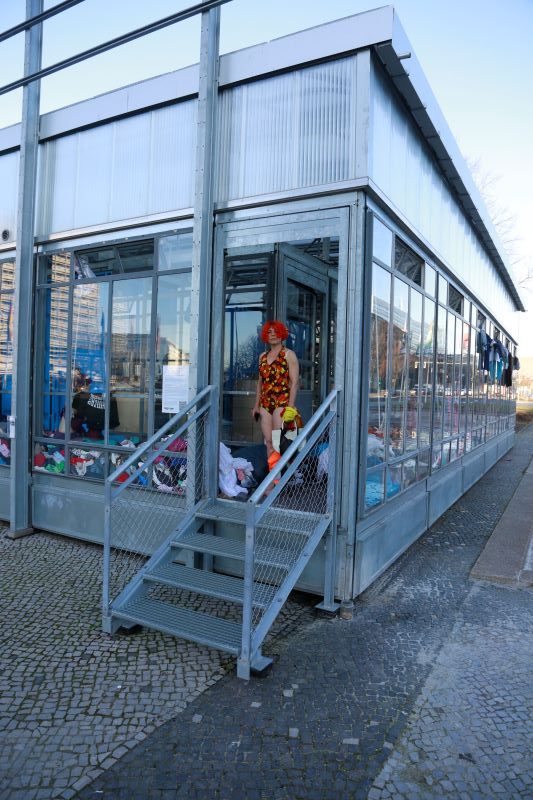
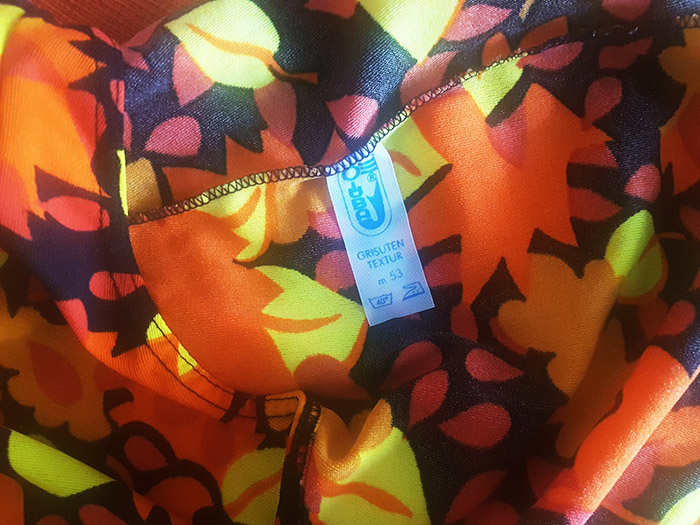

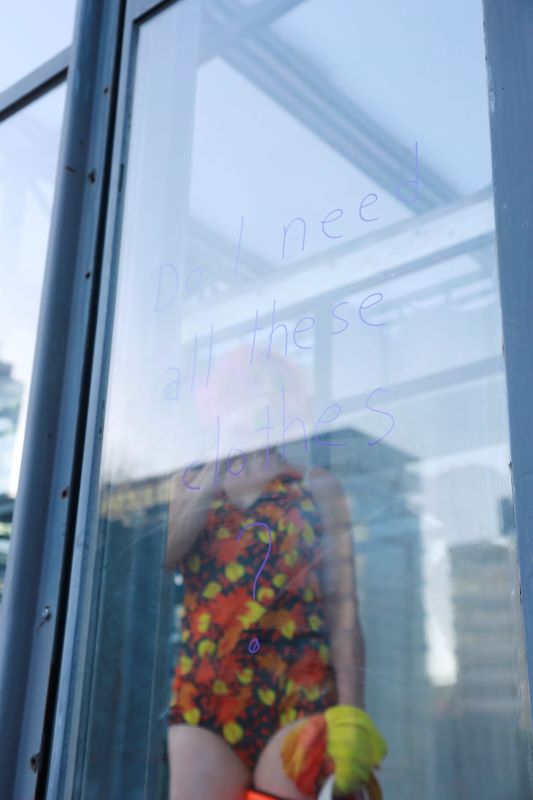
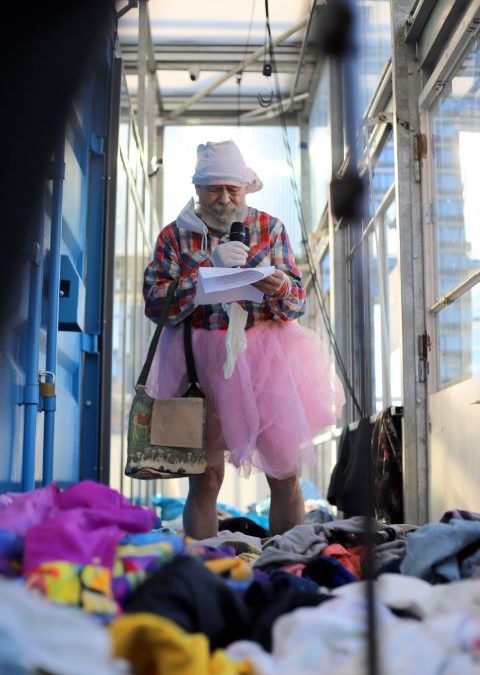

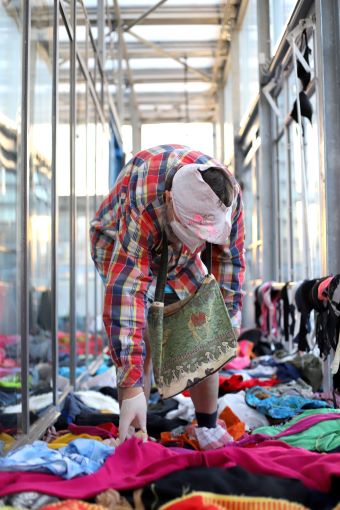
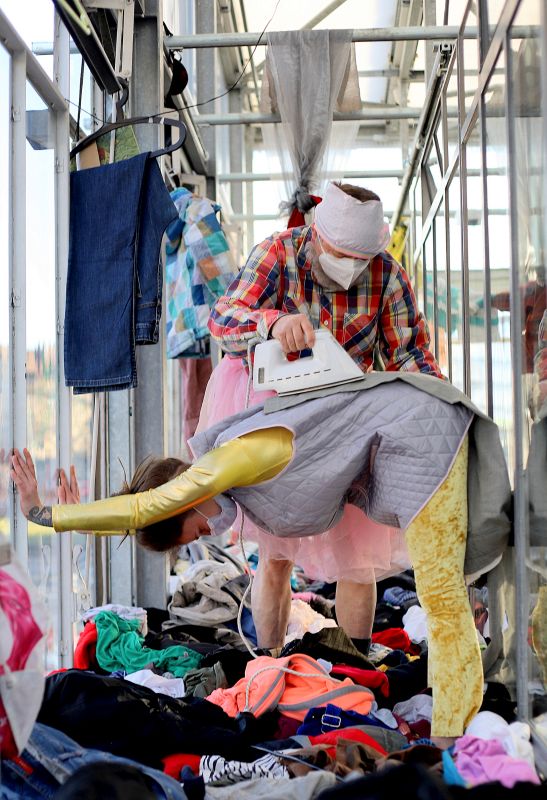
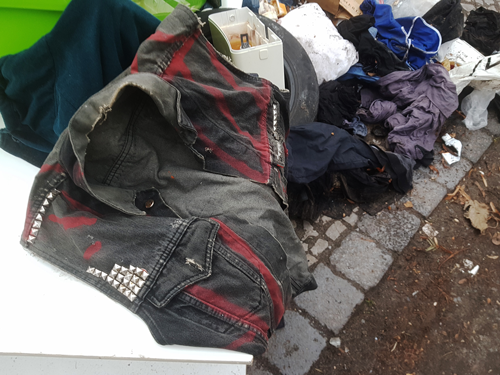
Recent Comments